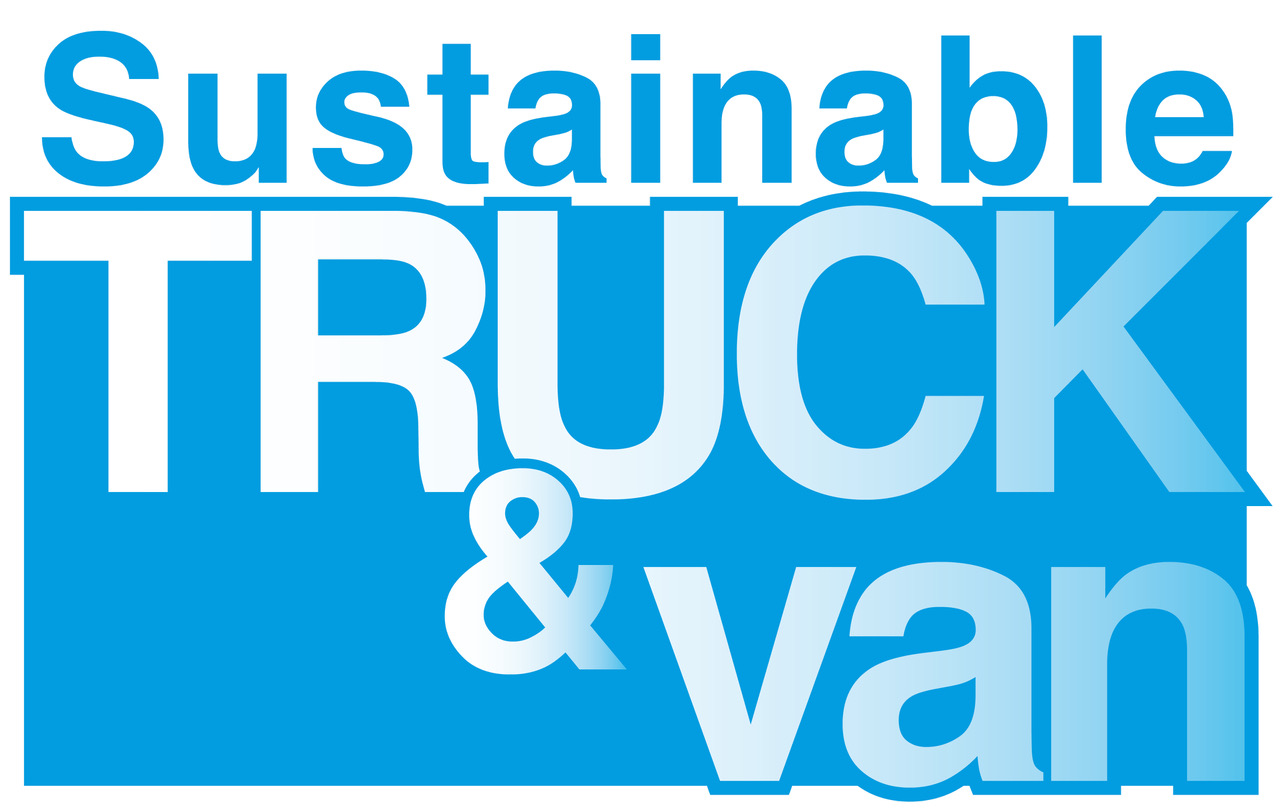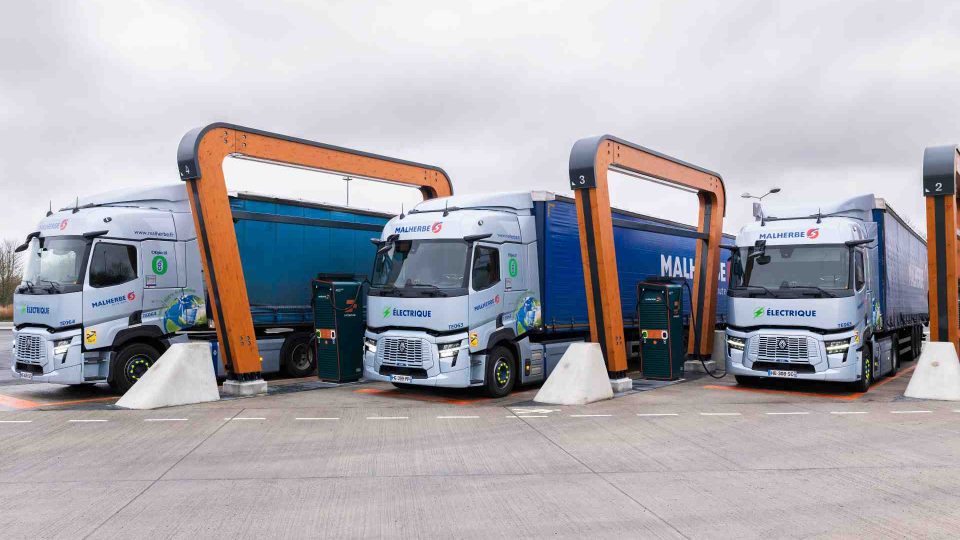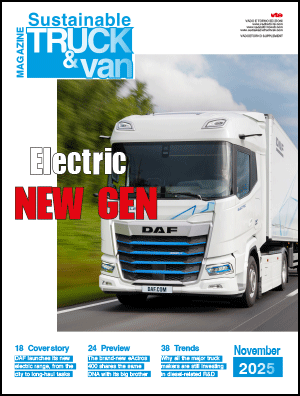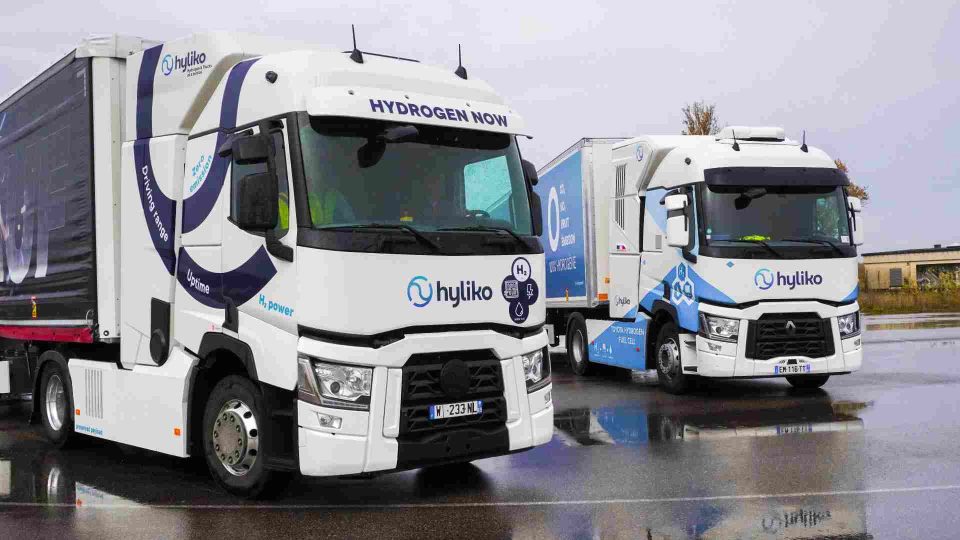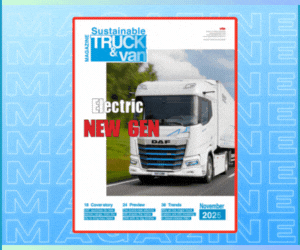Walmart Canada to add Nikola hydrogen fuel cell truck to its fleet
Walmart Canada is the very first major retailer in Canada to introduce a hydrogen fuel cell electric semi-truck to its fleet. “We’re proud to be introducing Walmart Canada’s first hydrogen fuel cell electric vehicle as a major milestone on our journey to becoming a regenerative company,” said Gonzalo Gebara, president and CEO, Walmart Canada.
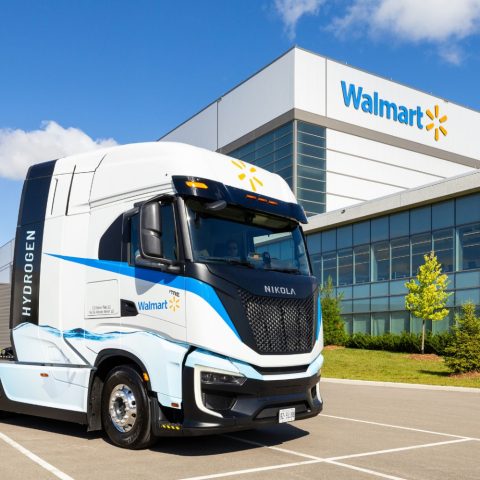
Walmart Canada’s new hydrogen fuel cell-powered electric semi-truck is now on the roads in Mississauga, Ontario. The FCEV is provided by Nikola. Operating with zero tailpipe emissions, the Nikola Hydrogen Fuel Cell EV Class 8 tractor has a range of about 800 kilometres and on average can avoid 97 metric tons of CO2 tailpipe emissions annually according to the manufacturer.
Nikola hydrogen fuel cell truck to Walmart Canada
Indeed, Walmart Canada is the very first major retailer in Canada to introduce a hydrogen fuel cell electric semi-truck to its fleet. “We’re proud to be introducing Walmart Canada’s first hydrogen fuel cell electric vehicle as a major milestone on our journey to becoming a regenerative company,” said Gonzalo Gebara, president and CEO, Walmart Canada. “This is a first for a retailer in Canada and is an example of how we will continue to push forward, embrace new technology and spark change within the industry.”
“At Nikola, we are incredibly proud to support Walmart’s sustainability initiatives and to be supporting their historic milestone of being the first retail fleet in Canada to operate a hydrogen fuel cell electric semi-truck,” added Steve Girsky, Nikola President and CEO. “This collaboration with Walmart Canada, a brand committed to a more sustainable future, aligns perfectly with our mission to drive innovation and environmental responsibility in the transportation industry. This achievement underscores our shared vision for a zero emissions future and the positive impact we can make together for our communities and the planet overall.”
